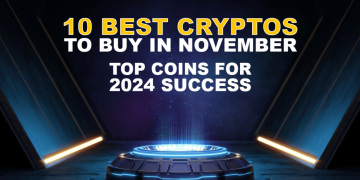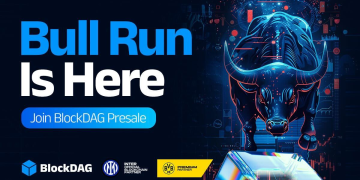In the world of platform cryptoassets, Ethereum is the undisputed king. However, Cardano (ADA) – the ninth largest cryptocurrency in the crypto verse is looking to become the most prominent platform crypto with its Marlowe blockchain programming language, as first reported by OracleTimes on August 25, 2018.
Move Over Ethereum… Here Comes Cardano Marlowe
Per sources close to the matter, Cardano has been working tirelessly round the clock to make its vision of becoming the number one platform digital asset a reality with its Marlowe Domain Specific distributed ledger programming language.
The Marlowe DSL is an “algebraic type in Haskell, together with an executable small step semantics,” and will focus primarily on making it possible for developers to create and execute financial contracts on the Cardano blockchain, based on the Peyton Jones method.
While Ethereum is home to more than 600 projects with different use cases, Cardano is primed to target the finance and escrow ecosystems with Marlowe and the IOHK team has made it clear that for devs to be able to use the DSL effectively, they must “understand how contracts will behave once deployed to the blockchain, but without doing the deployment.”
To help coders develop highly functional smart contracts using Marlowe, the Cardano team have developed the Meadow web tool.
Meadow supports the interactive creation, revision, and simulation of smart contracts with the Marlowe language.
Plutus will Revolutionize the World of Smart Contracts
While developers hoping to build decentralized applications and smart contracts on the Ethereum distributed ledger must first get themselves acquainted with and speak the Solidity language fluently, the story is entirely different with Cardano.
In addition to Marlowe, the Cardano team is also developing the Plutus smart contracts programming language.
According to OracleTimes, the founder, and CEO of Cardano, Charles Hoskinson has hinted that the Plutus development team have been making steady progress and the primary objective of the Plutus project is to make it possible for data to “switch between” a vast array of blockchain platforms.
Cardano Here to Stay?
After being criticized and accused of being a stagnant and abandoned project by observers in the cryptosphere, the Cardano team was left with no other choice but to hasten up the project development.
Back in May 2018, Cardano signed a memorandum of understanding with the Ethiopian government to integrate the Cardano blockchain into the nation’s AgriTech industry.
In June 2018, the team announced it was embarking on a rebranding project to upgrade the look and feel of the site and add more form and function to it.






















